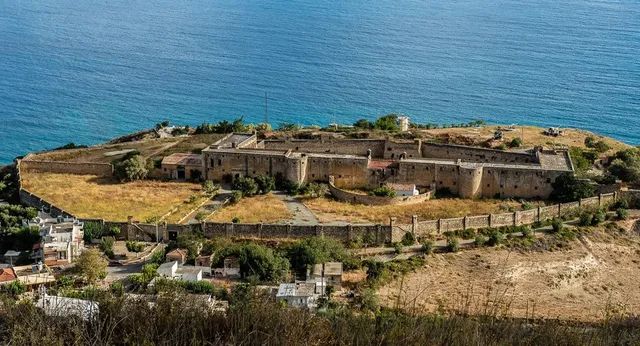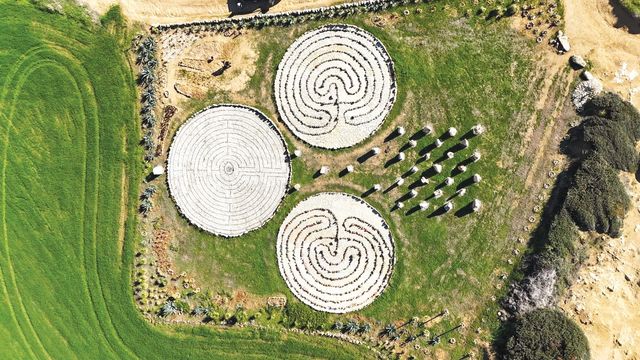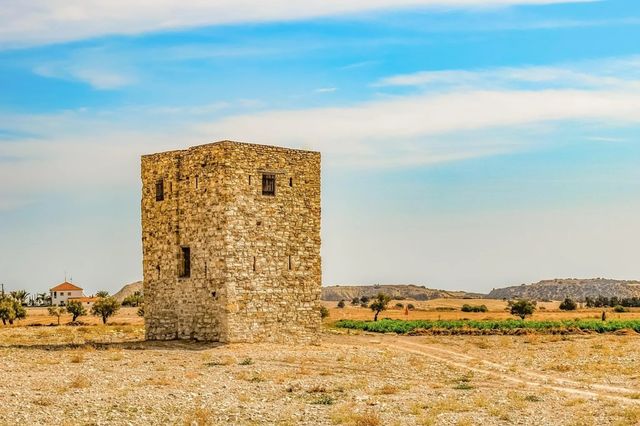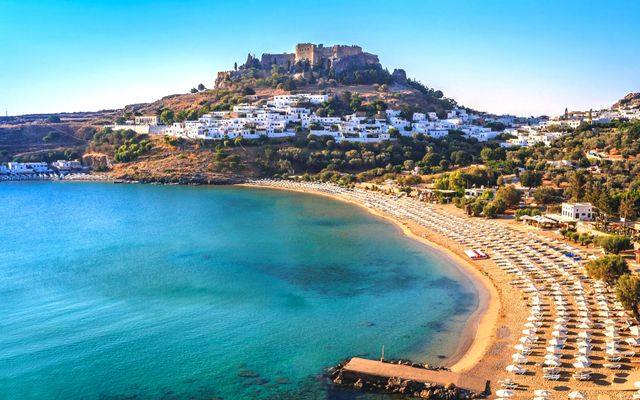Crete is more than sun-kissed beaches and delicious Mediterranean cuisine—it's a living museum where every stone tells a story. Home to some of the oldest civilizations in Europe, the island offers a treasure trove of archaeological wonders from the Minoan, Greek, and Roman eras. If you're a history lover or simply want to explore beyond the beach, these five archaeological sites in Crete are absolutely worth visiting.
1. Knossos Palace – The Legendary Minoan Capital
No trip to Crete is complete without visiting Knossos Palace, the largest Bronze Age archaeological site on the island. Thought to be the mythical Labyrinth of the Minotaur, Knossos was the political and ceremonial center of the Minoan civilization. The site covers over 20,000 square meters, featuring multi-story buildings, colorful frescoes, ceremonial halls, and ancient storerooms.
Wander through restored rooms and painted walls that bring to life the elegance and mystery of Europe’s earliest civilization.
🕰️ Best time to visit: Early morning or late afternoon to avoid crowds.
📌 Located just 5 km from Heraklion city center.
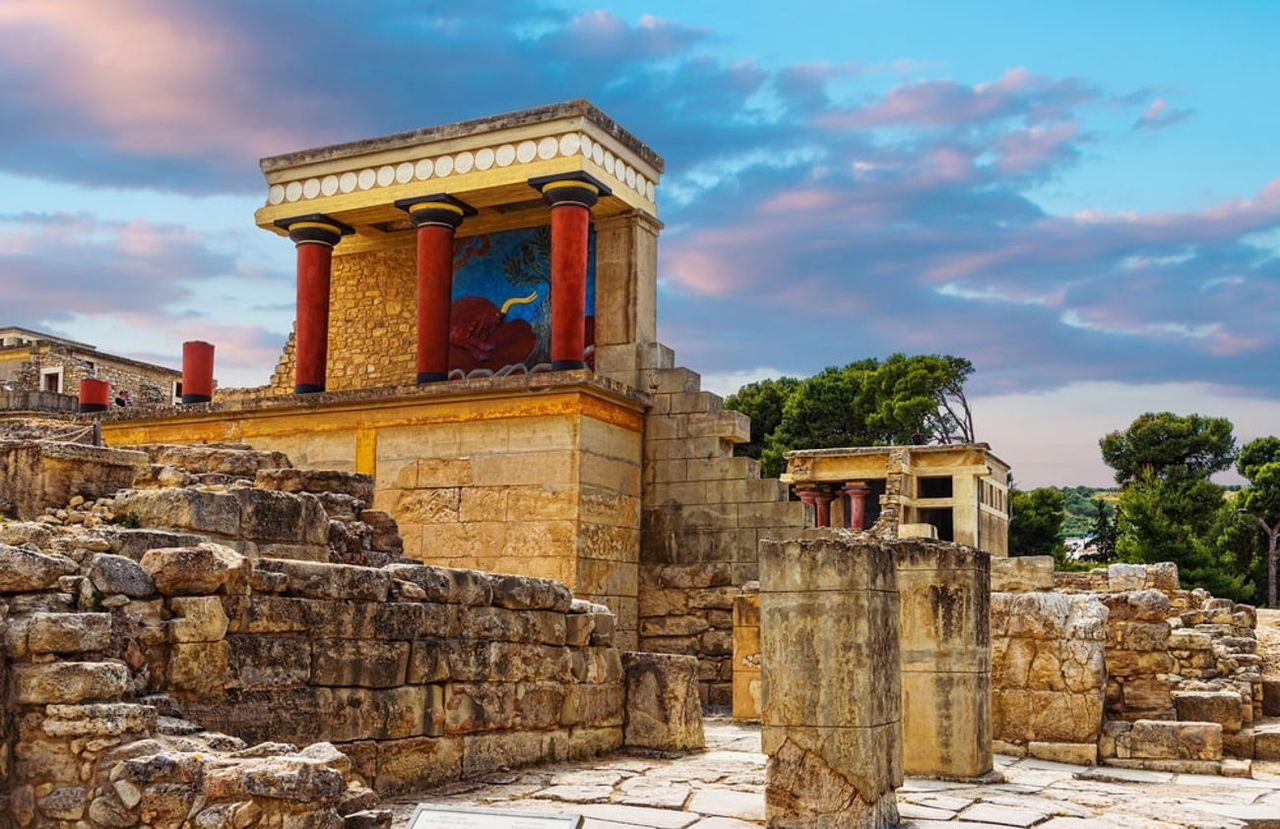
2. Phaistos (Festos) – Home of the Mysterious Disk
Overlooking the Messara Plain, Phaistos is the second-most significant Minoan palace in Crete. While less reconstructed than Knossos, it offers a more authentic, atmospheric experience. This is where the famous Phaistos Disc—one of archaeology’s great unsolved mysteries—was discovered.
Explore open courtyards, ancient stairways, and majestic views of the Cretan landscape. It's a peaceful yet powerful window into the island’s ancient past.

3. Gortyna (Gortys) – The Roman Capital of Crete
Once the capital of Roman Crete, Gortyna is a sprawling archaeological park filled with temples, baths, theaters, and basilicas. Its most famous feature is the Gortyn Law Code, an ancient legal inscription etched into stone—one of the oldest known law codes in Europe.
If you're passionate about history, law, or archaeology, Gortyna is a must-see that combines Roman sophistication with Cretan charm.
💡 Pro Tip: Combine your visit to Phaistos and Gortyna—they are just a short drive apart.
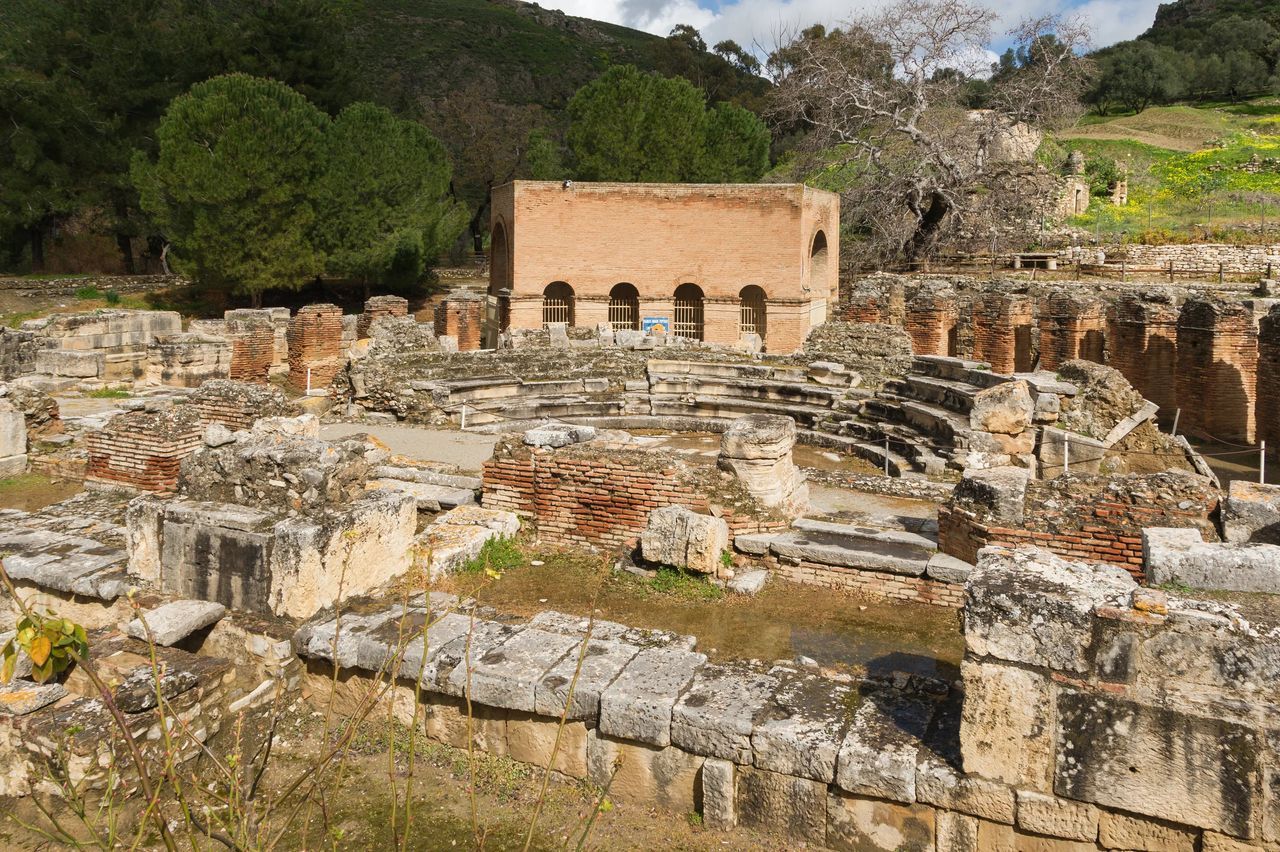
4. Malia Palace – Gold, Power & Mystery
Located on Crete’s northern coast, Malia Palace is the third-largest Minoan palace and an active archaeological site. It's most famous for the golden bee pendant, a masterpiece of Minoan jewelry discovered here.
Though similar in structure to Knossos and Phaistos, Malia offers its own unique layout, surrounded by peaceful countryside and sea views. Less crowded and commercialized, it’s ideal for travelers seeking authenticity.
📍 Close to Malia town, a popular summer destination.
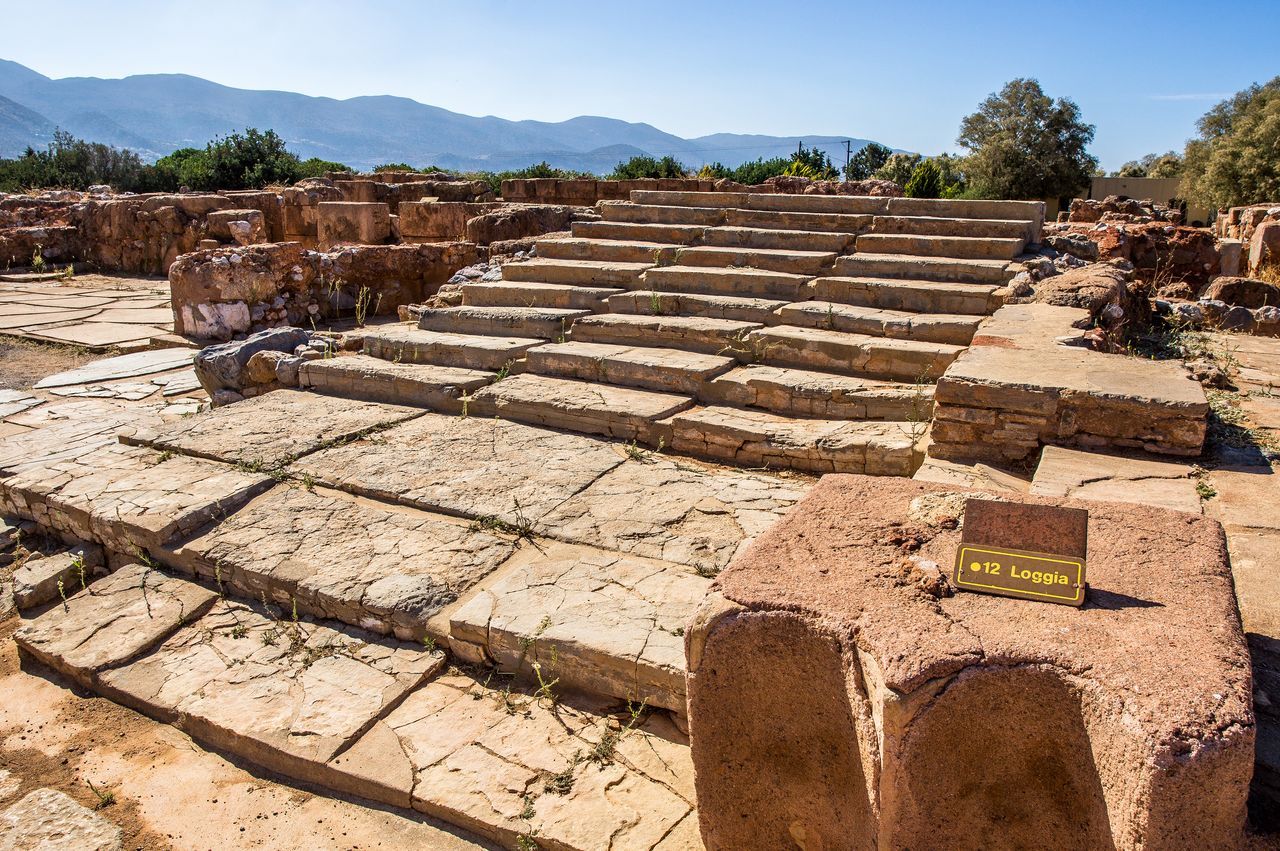
5. Ancient Aptera – Where Greece Meets Rome
Situated above Souda Bay, Aptera is a hidden gem that merges Greek and Roman influences. Once a thriving city-state, it now features well-preserved amphitheaters, Roman cisterns, fortifications, and temples with breathtaking views of the sea and White Mountains.
Unlike the crowded tourist hotspots, Aptera offers serenity and a real sense of discovery. It's ideal for travelers who love off-the-beaten-path adventures.
📍 Located just 15 km east of Chania – perfect for a day trip.
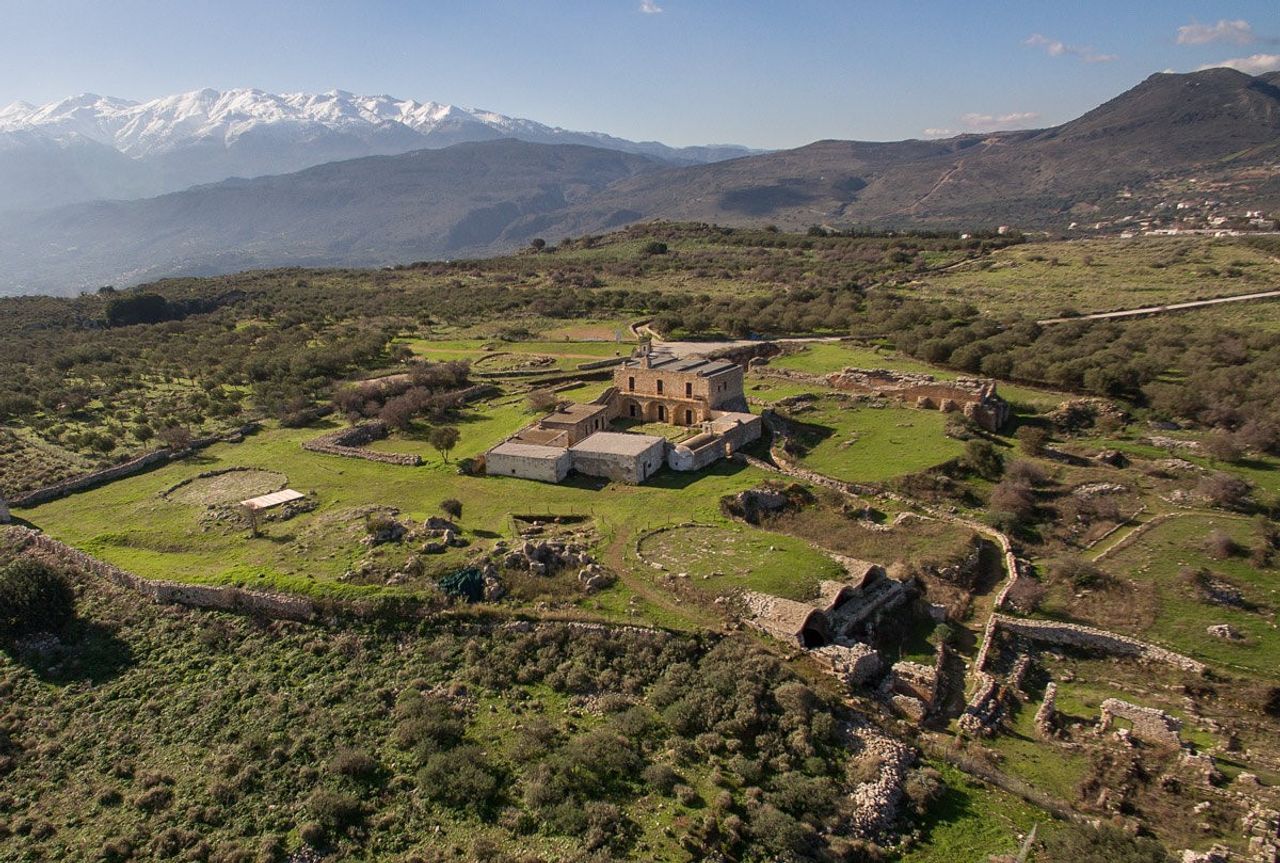
Getting Around the Island
To explore these stunning archaeological sites with freedom and comfort, renting a car in Crete is essential.
Check the best rental car offers at Secrental.com – wide vehicle selection, affordable prices, and flexible pickup locations across Crete.
Final Thoughts
From the mythical halls of Knossos to the legal stones of Gortyna and the scenic ruins of Aptera, Crete is a paradise for history lovers. Whether you're a first-time visitor or a seasoned explorer, these five archaeological sites offer unforgettable experiences and deeper connections to the island’s legendary past.
Plan your journey, rent a car, and start uncovering the secrets of ancient Crete today!
